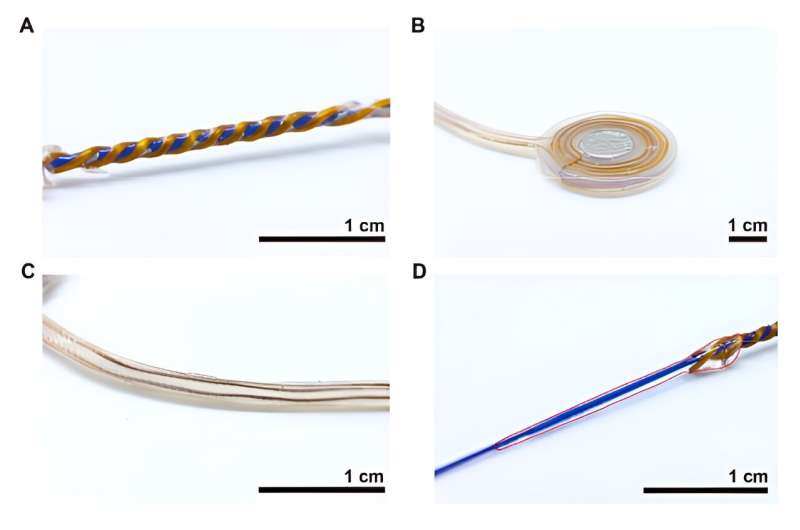Does Cold Water Immersion Really Work?
 Athletic Trainers have continually developed innovative methods to enhance recovery and performance in their student-athletes. One of those methods is cold water immersion.
Athletic Trainers have continually developed innovative methods to enhance recovery and performance in their student-athletes. One of those methods is cold water immersion.
But does it really work?
CWI stands out for its simplicity and the potential benefits. This practice truly is a research-backed approach to improving post-exercise recovery. Understanding Cold Water Immersion
Understanding Cold Water Immersion
Cold water immersion involves submerging in water temperatures of 50°F or colder for a few minutes.
Whether it's a dive into a chilly lake or a session in a specialized cold-plunge tank, the essence of CWI is the therapeutic exposure to cold. However, it's essential to avoid the icy waters of that lake because the water temperature may be much colder than recommended.
Athletes usually start with short dips of 30 seconds, gradually increasing to sessions of five to 10 minutes.
But is There Science Behind the Chill?
Research suggests CWI can reduce exercise-induced muscle damage, inflammation, and soreness.
This may be due to the rapid constriction of blood vessels, triggering beneficial body responses such as decreased metabolic activity and enhanced immune system activation.
Such physiological changes can help restore physical performance more rapidly, making CWI a valuable tool in an athlete's recovery arsenal.
Benefits and Considerations
CWI's advantages extend to improving mood, cognitive function, and possibly building resilience and restoring balance to the nervous system.
However, the method isn't without its drawbacks. The initial discomfort of the cold, risk of frostbite, and potential for hypothermia are significant considerations (which is why avoiding the natural, uncontrolled environments is a must!)
And while CWI appears to support endurance training, it may dampen the benefits of resistance training by affecting molecular signaling pathways crucial for muscle growth and strength enhancement.
Integrating Cold Water Immersion into Training
Athletic Trainers looking to incorporate CWI into recovery protocols should do so with caution and awareness of the individual athlete's training and health profile.
Consulting with their personal physicians to ensure it's safe for any athletes with cardiovascular risk factors is a prudent step. The goal is to harness the benefits of CWI without compromising long-term performance improvements or athlete well-being.
Cold water immersion presents a compelling, albeit nuanced, option for Athletic Trainers aiming to optimize recovery and performance.
By understanding the potential benefits and mindful of the caveats, ATs can effectively integrate CWI into their athletes' routines, pushing the boundaries of traditional recovery methods while ensuring safety and efficacy.
As with any training innovation, the key lies in personalized application and ongoing evaluation of its impact on athlete performance and recovery.
![HR Logo [Recovered]_Full Color Vertical-1](https://blog.healthyroster.com/hs-fs/hubfs/HR%20Logo%20%5BRecovered%5D_Full%20Color%20Vertical-1.png?width=199&height=178&name=HR%20Logo%20%5BRecovered%5D_Full%20Color%20Vertical-1.png)
 By
By


